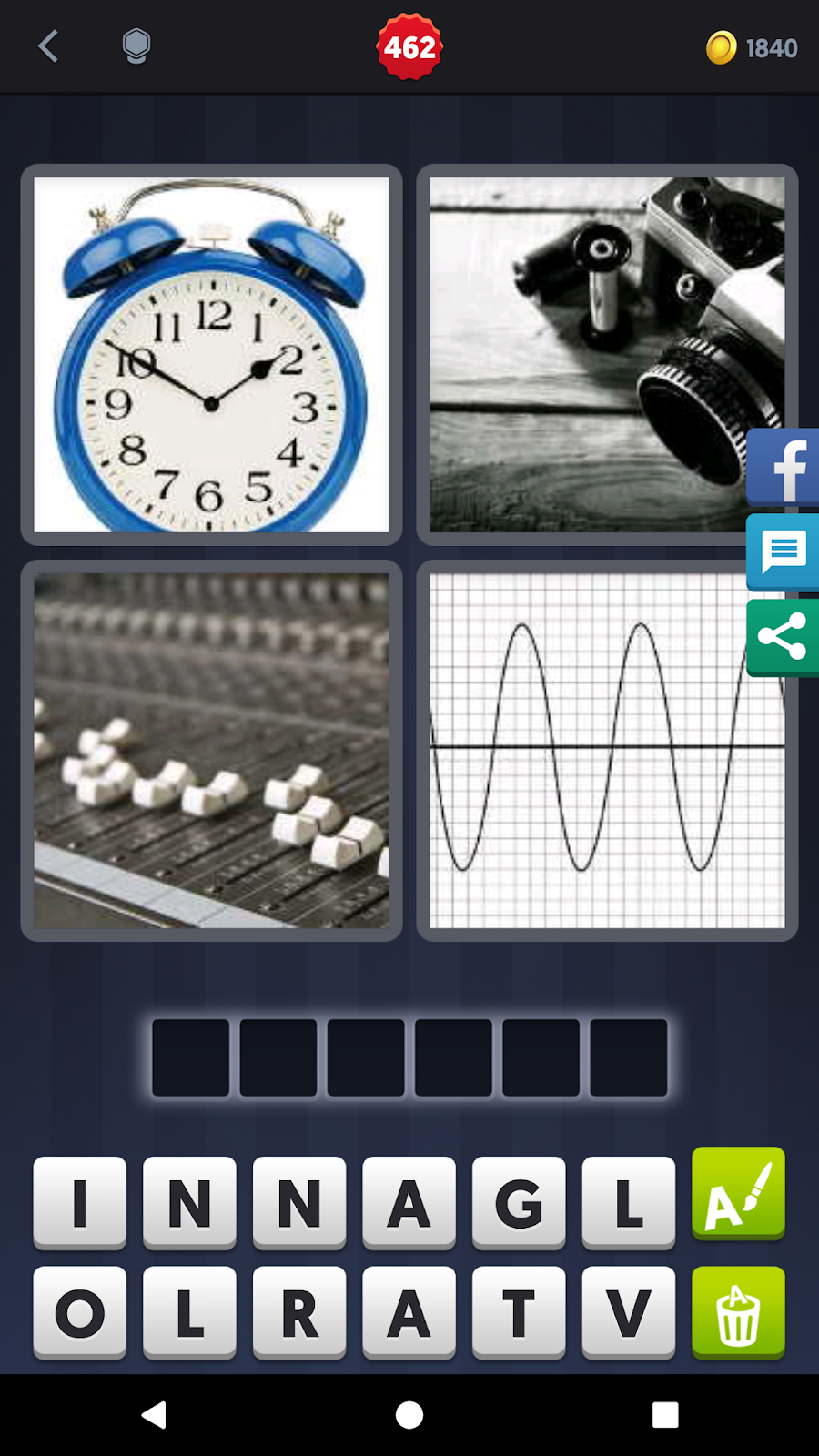

- 4 PICS 1 WORD CLOCK CAMERA SOUND BOARD GRAPH HOW TO
- 4 PICS 1 WORD CLOCK CAMERA SOUND BOARD GRAPH PROFESSIONAL
- 4 PICS 1 WORD CLOCK CAMERA SOUND BOARD GRAPH TV
As defined by The Society of Motion Picture & Television Engineers, SMPTE Timecode laid out a set of standards for synchronization in multi-system workflows consisting of multiple cameras and separate sound recording sharing a common clock. Timecode is the most important piece of metadata to modern video production workflows, allowing for easier alignment in post-production. Timecode is a clock data protocol developed by SMPTE carried over an audio signal using square wave pulses to represent bits and counting in frames (HH:MM:SS:FF), allowing clip start & stop times to be imprinted in the metadata on file based recording systems like Audio Recorders & Video Cameras. It should also be noted that lower precision clocks can have the effect further compounded through environmental conditions such as temperature differences, especially under extreme conditions. Since cameras don’t require as precise of clocks to count frames as audio recorders require to record audio, it is often a place where manufacturers cut corners in terms of accuracy. To prevent this scenario from occurring, every clock on set needs to be slaved to one central master clock source generating Timecode, Genlock, and Wordclock for everything. It might not be noticed on relatively short takes (like in the narrative world), but since it’s a cumulative effect any take that lasts 30-40 minutes or longer could start to noticeably lose sync. Each device’s clock has small differences compared to one another, and over time these differences add up and are experienced in the form of drift. Once you hit record on any device it relies on it’s own internal clock to govern frame rates and define what time is.
4 PICS 1 WORD CLOCK CAMERA SOUND BOARD GRAPH HOW TO
That’s because timecode doesn’t lock a camera or audio recorder’s clock to one another but acts as a metadata reference point for how to stamp the first frame when you start recording. Even with timecode hardwired and aligned starts, how can they be noticeably out of sync by the end? You align all your audio and video files at their start points in your NLE software, but while it starts playing back in sync as you proceed down the timeline they slowly lose synchronization and by the end of the timeline it’s all gone wrong (often by several seconds in any direction).
4 PICS 1 WORD CLOCK CAMERA SOUND BOARD GRAPH TV
Consider this common scenario that editors deal with regularly On a production such as a comedy special, concert, or reality TV show, etc, you have multiple cameras and separate sound recording gear that records without cutting for long periods. When workflow and budget allows, it’s best to have timecode & genlock sync boxes on every camera, timecode & wordclock on every audio recorder, a timecode smart slate providing two backup forms of alignment points, and an audio feed to camera as reference for the editor.Įnsuring Accurate Long Term Sync in ProductionĪ common misconception is that Timecode and Sync are the same thing, they are not, timecode is only a metadata identifier. As the old saying goes, “One is None, and Two is One”, redundancy is always the best practice.
4 PICS 1 WORD CLOCK CAMERA SOUND BOARD GRAPH PROFESSIONAL
Timecode is the preferred method of aligning audio and video in professional workflows as it is much less labor intensive then other methods, and can save time and money in post-production. There are several ways to ensure they can be aligned in post, such as using a slate as a common sync point for both audio and video, or through the use of timecode metadata, matching audio waveforms, converting timecode recorded as audio, or visually burning in timecode via a timecode smart slate or timecode display. Anytime they are recorded separately they have to be aligned in post-production, but that starts with workflows in production enabling the editor to do so. In most modern video production workflows, audio & video are typically recorded separately allowing for higher quality audio and more flexibility in production and post.


 0 kommentar(er)
0 kommentar(er)
